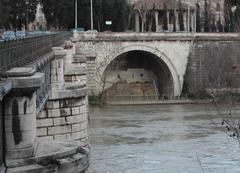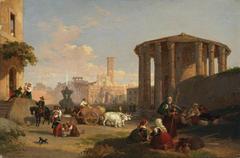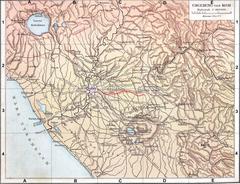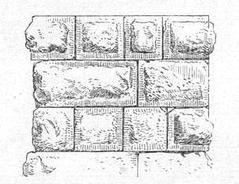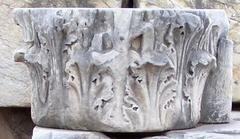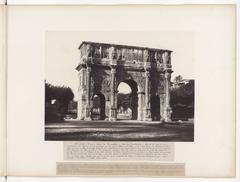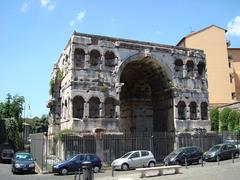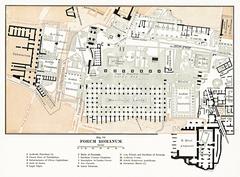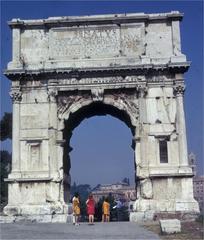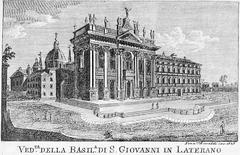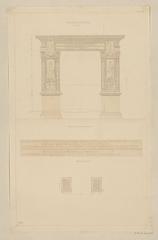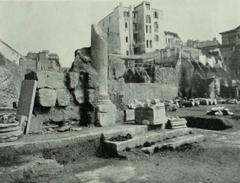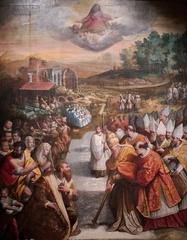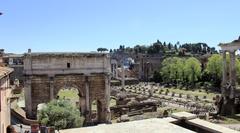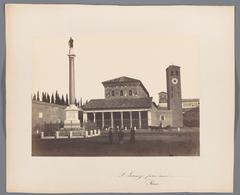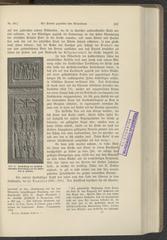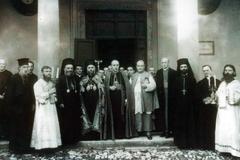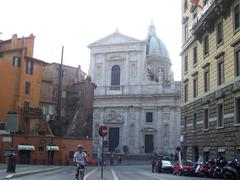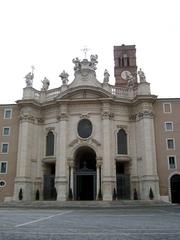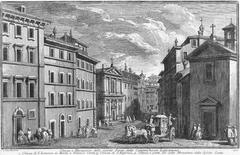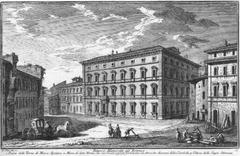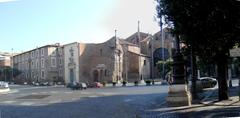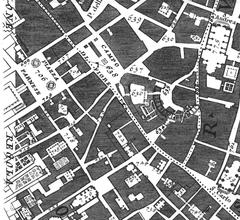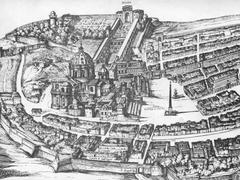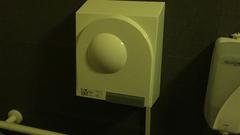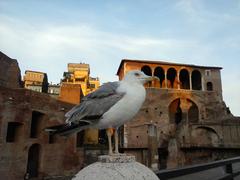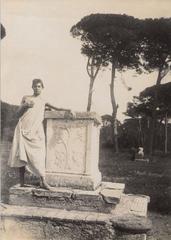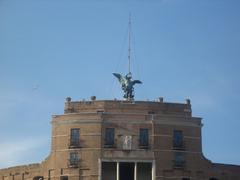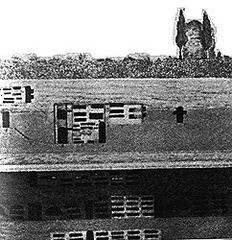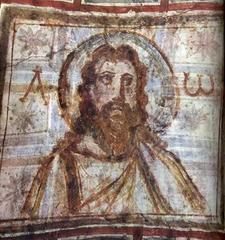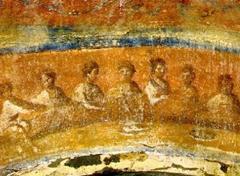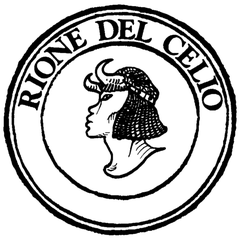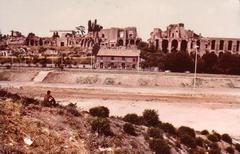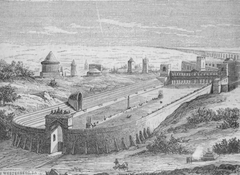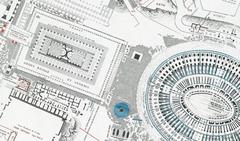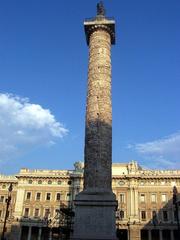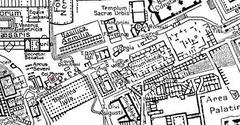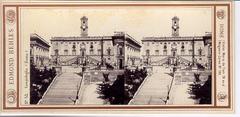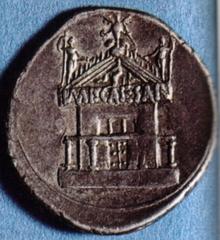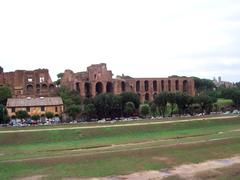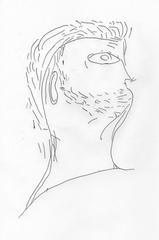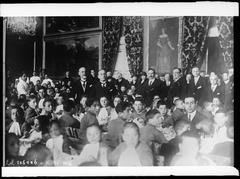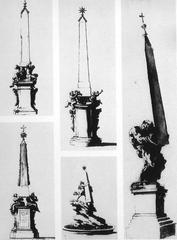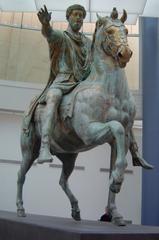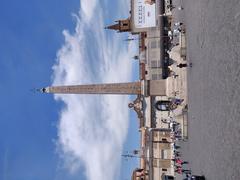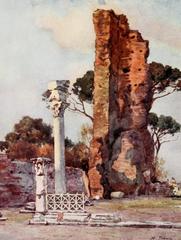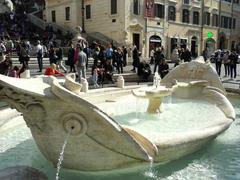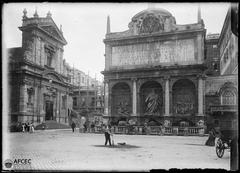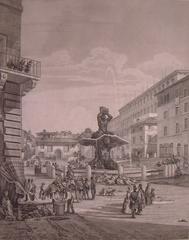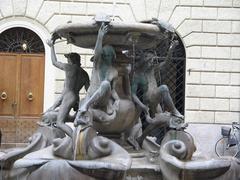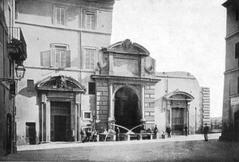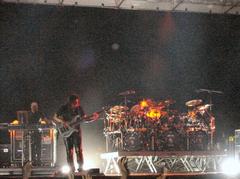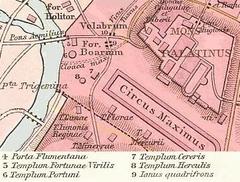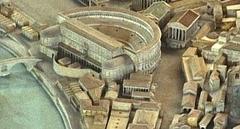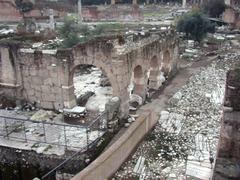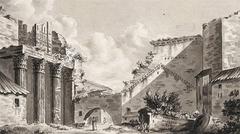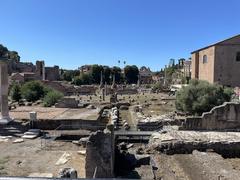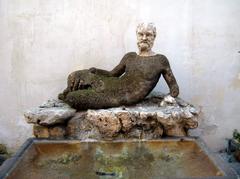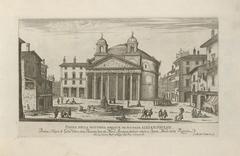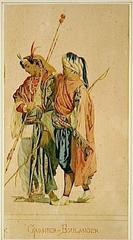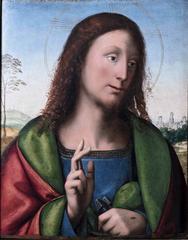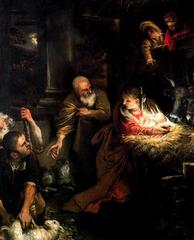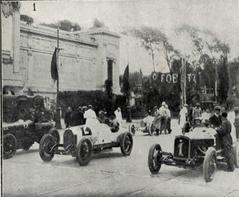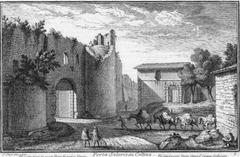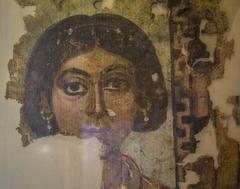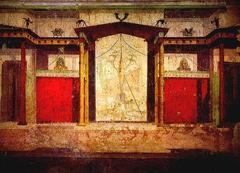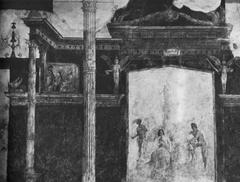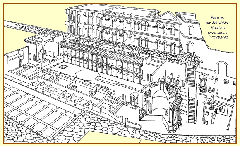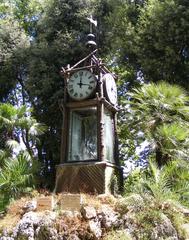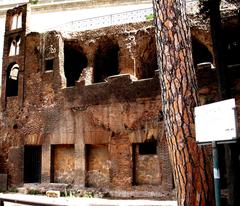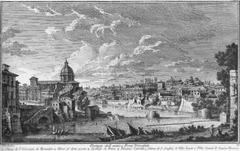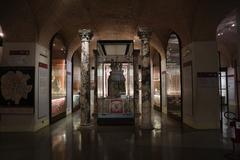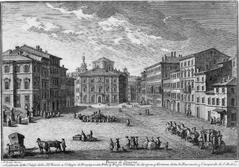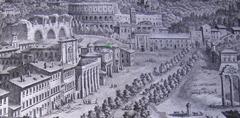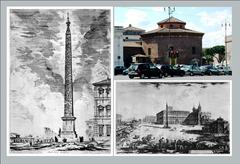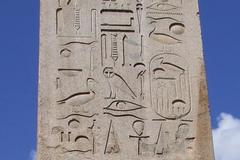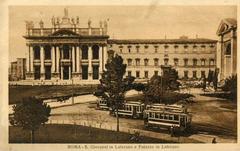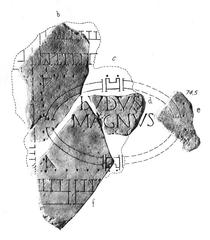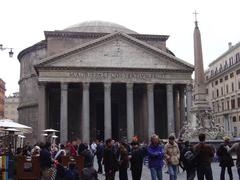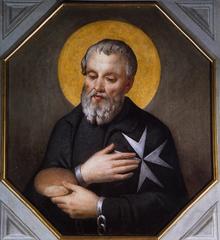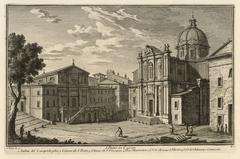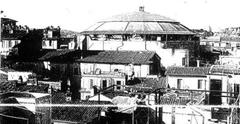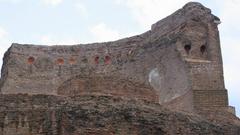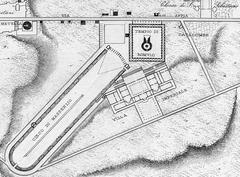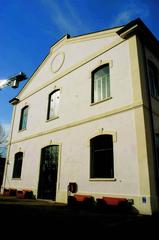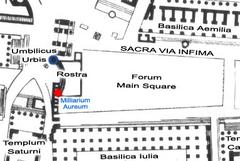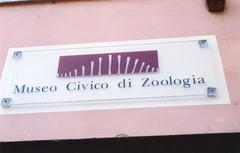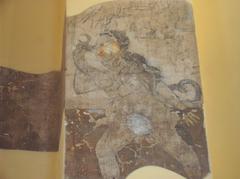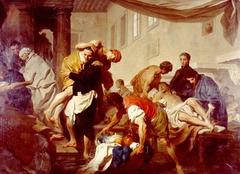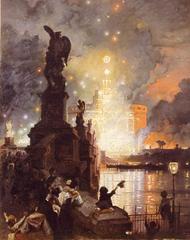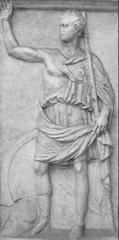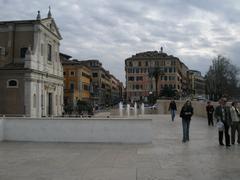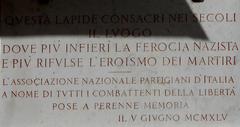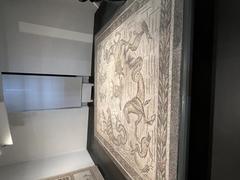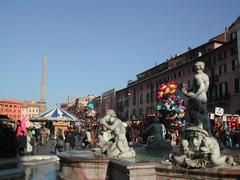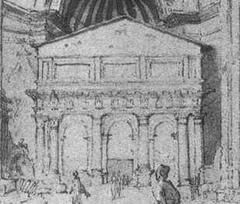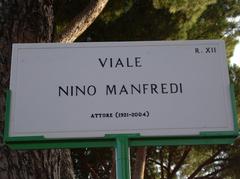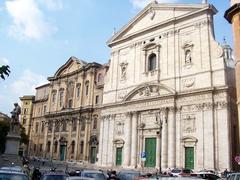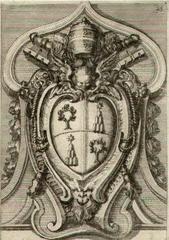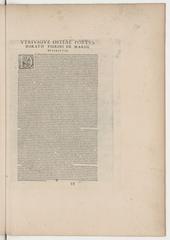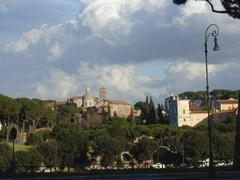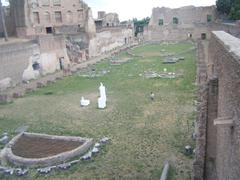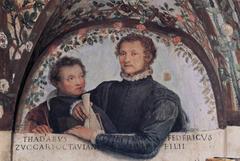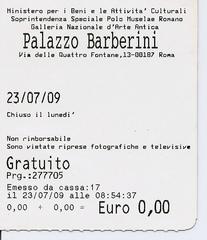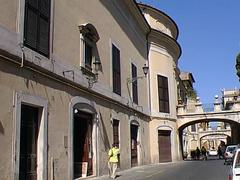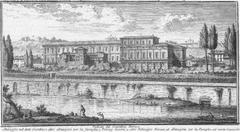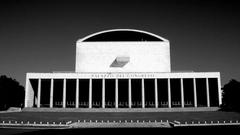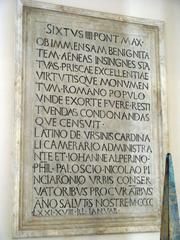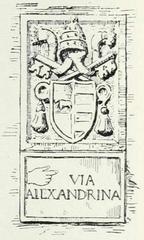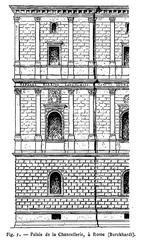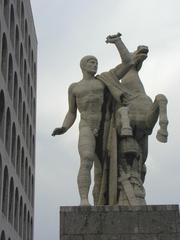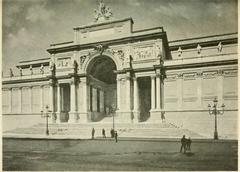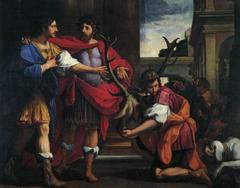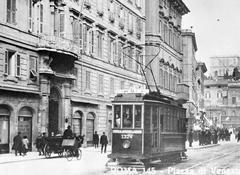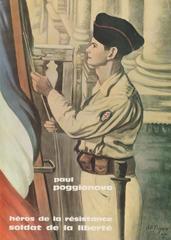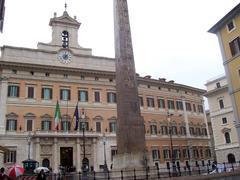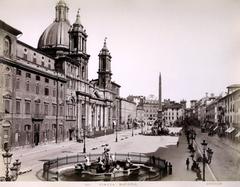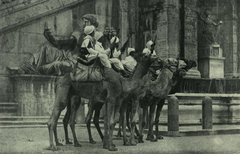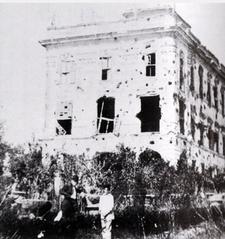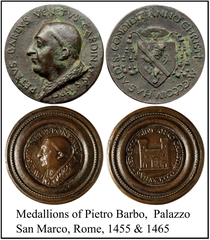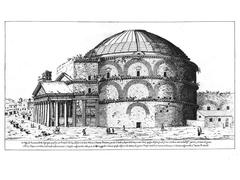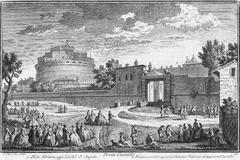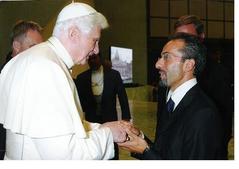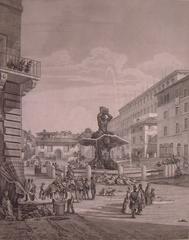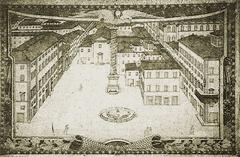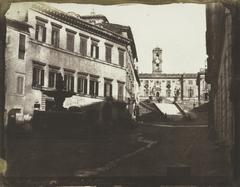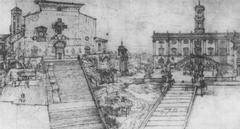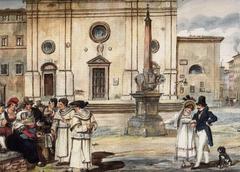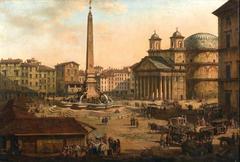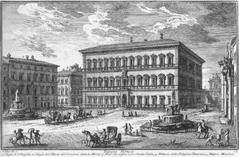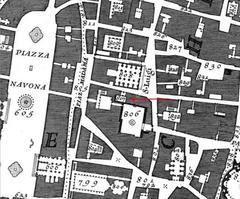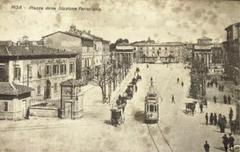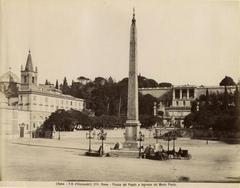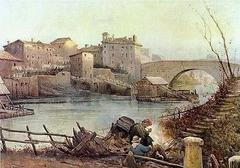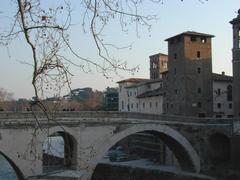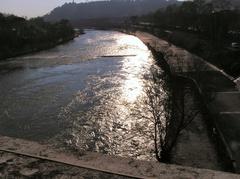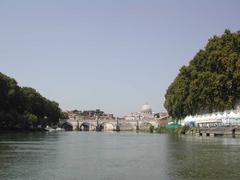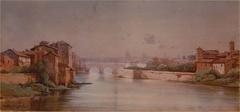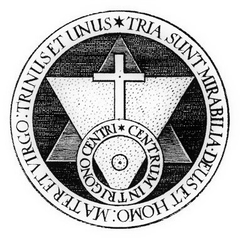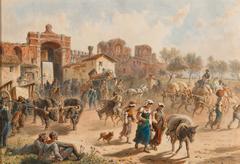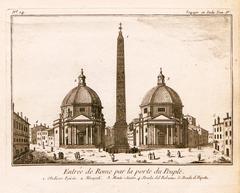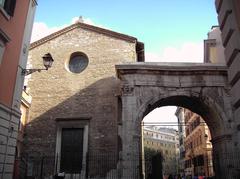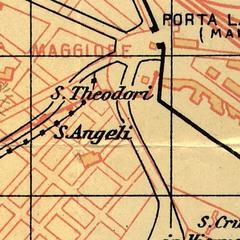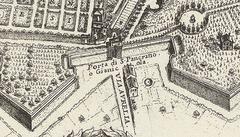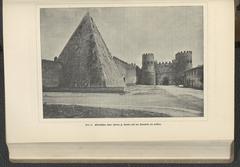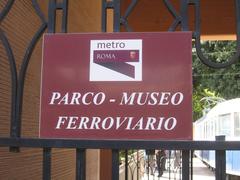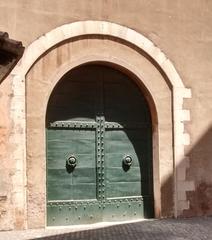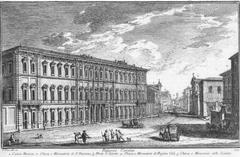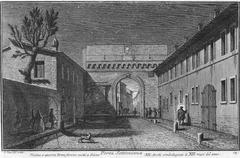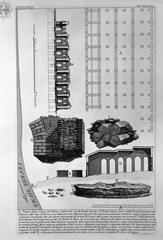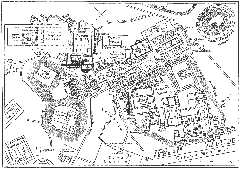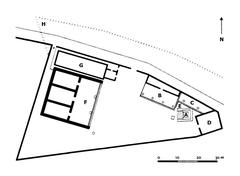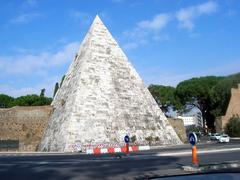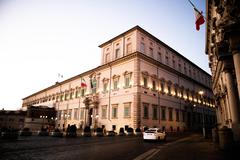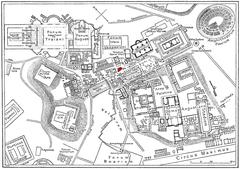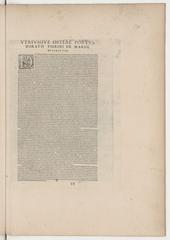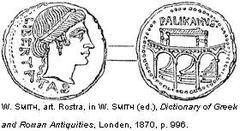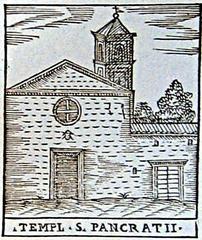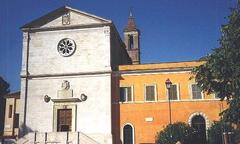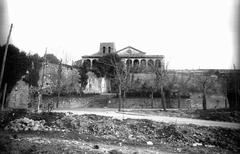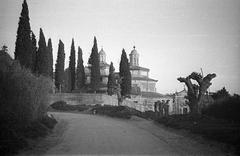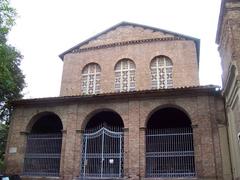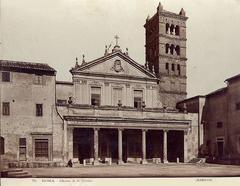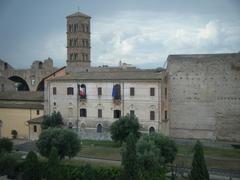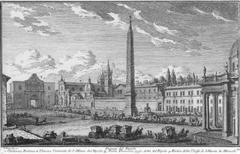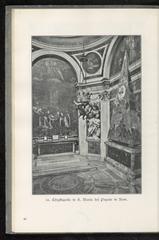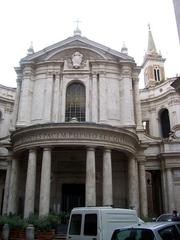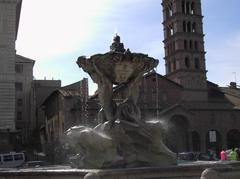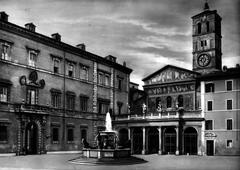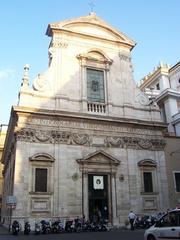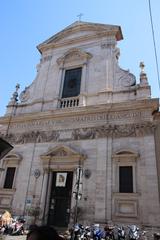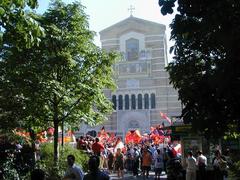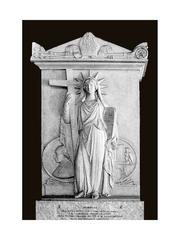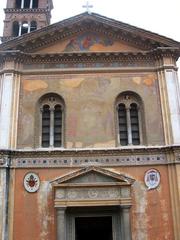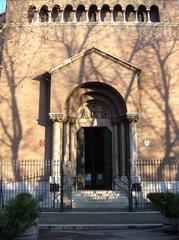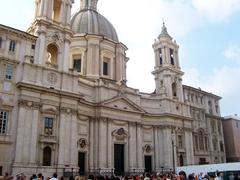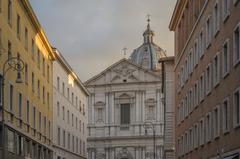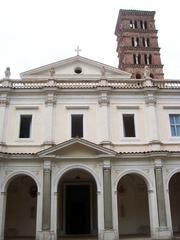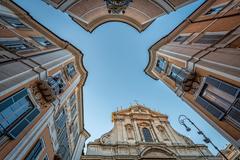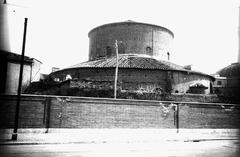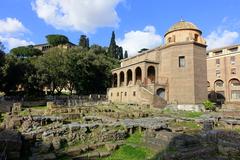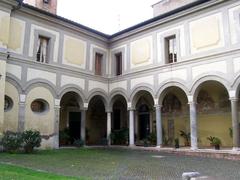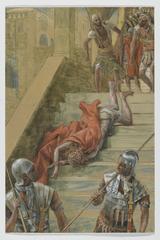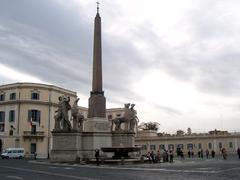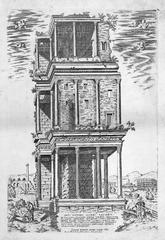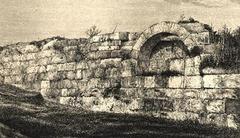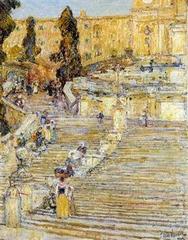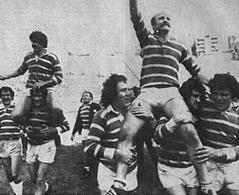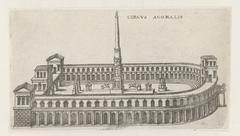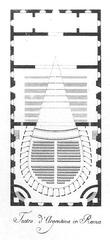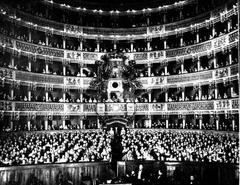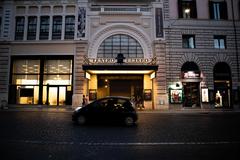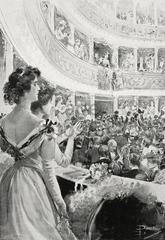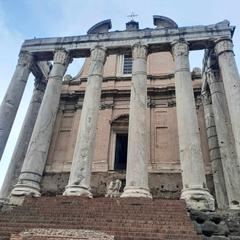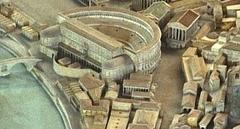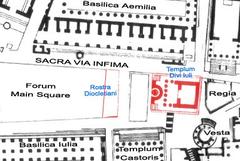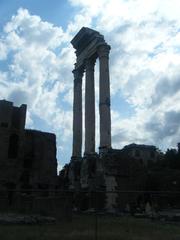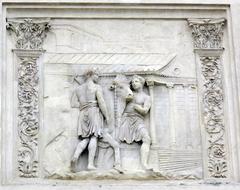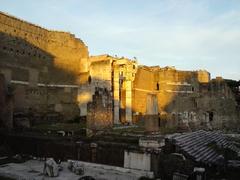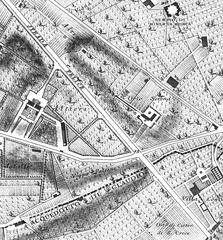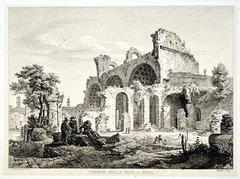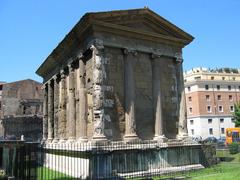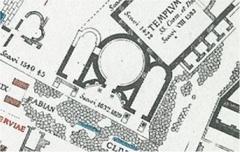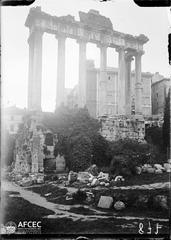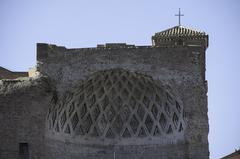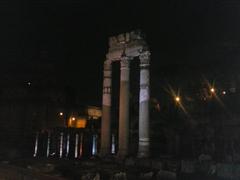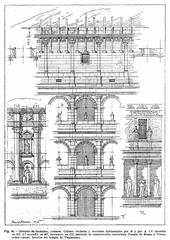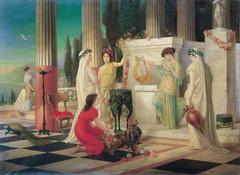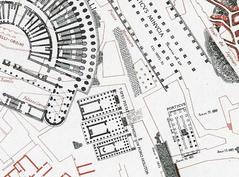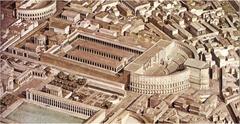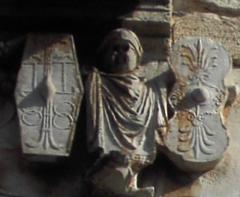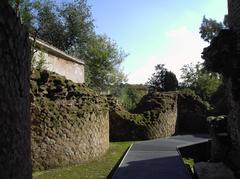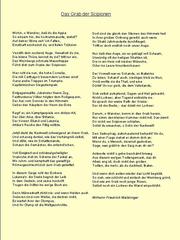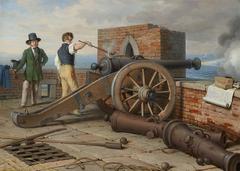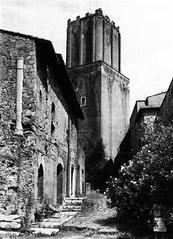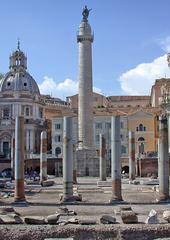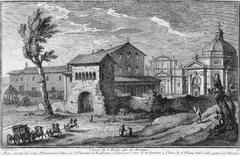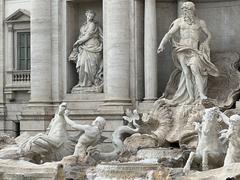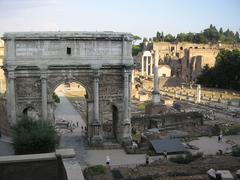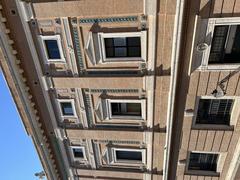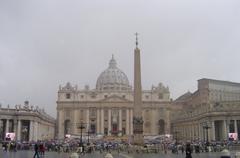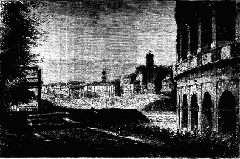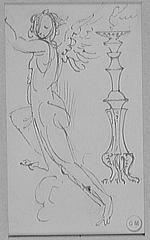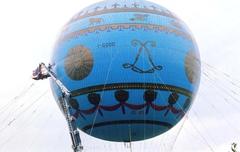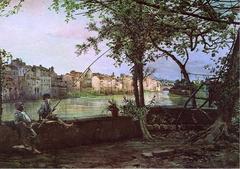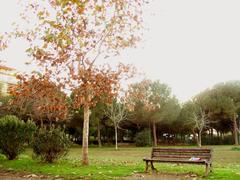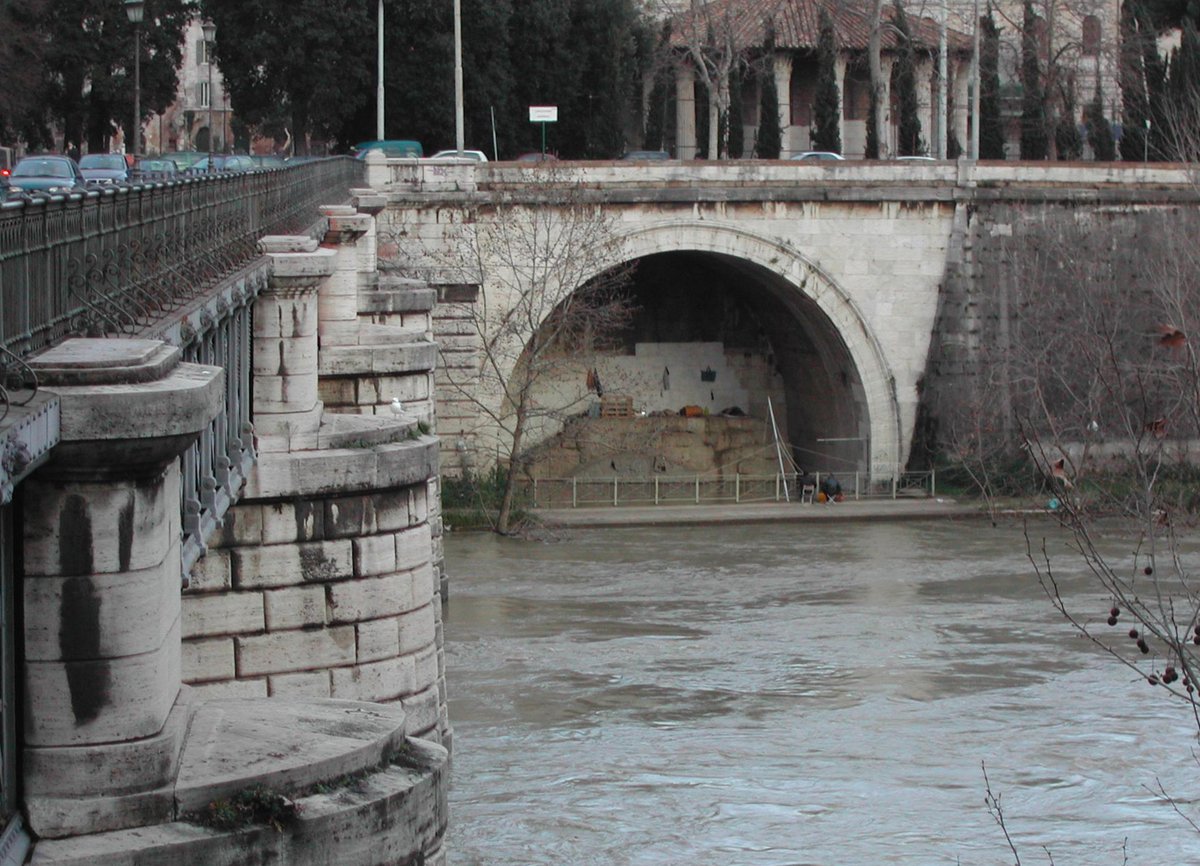
Visiting Hours, Tickets, and More: Your Guide to Foro Boario, Rome, Italy
Date: 24/07/2024
Introduction
The Foro Boario, also known as the Forum Boarium, is an essential landmark in Rome’s historical and cultural landscape. Nestled between the Capitoline, Palatine, and Aventine hills and adjacent to the Tiber River, this ancient site was primarily known as a bustling cattle market in antiquity. The name ‘Boarium’ is derived from the Latin word ‘bos,’ meaning ox or cattle, which reflects its original function. Over the centuries, the Foro Boario evolved into a vibrant commercial hub, enriched with temples and monuments that stand as testaments to Rome’s architectural and cultural heritage.
The Foro Boario is home to significant structures such as the Temple of Hercules Victor and the Temple of Portunus. These temples not only highlight the architectural ingenuity of ancient Rome but also provide insights into the religious practices and commercial activities of the time (History Hit). Furthermore, the Foro Boario is historically significant as the site of Rome’s first gladiatorial contest in 264 BC, marking the beginning of a tradition that would become central to Roman culture and entertainment.
Today, the Foro Boario is a well-preserved site thanks to extensive restoration efforts that began in the late 1990s. Visitors can explore this historical gem, which offers a blend of ancient ruins, medieval transformations, and modern conservation efforts. This guide aims to provide comprehensive information on the Foro Boario’s history, visiting hours, travel tips, and nearby attractions to help you make the most of your visit.
Table of Contents
- Introduction
- Origins and Early Use
- Temples of the Forum Boarium
- Medieval Transformation
- Modern Restoration and Conservation
- Visitor Information
- Travel Tips
- Visitor Experience
- Significance in Roman Culture
- Educational and Cultural Impact
- FAQ
- Conclusion
Origins and Early Use
The Foro Boario was originally a bustling cattle market in ancient Rome. Located between the Capitoline, Palatine, and Aventine hills, and adjacent to the River Tiber, this area was a crucial commercial hub. The name “Boarium” itself is derived from the Latin word “bos,” meaning ox or cattle, reflecting its primary function as a marketplace for livestock.
Temples of the Forum Boarium
Temple of Hercules Victor
Dating back to the 2nd century BC, the Temple of Hercules Victor is one of the most significant structures in the Foro Boario. This round temple, supported by 20 Corinthian columns, is dedicated to Hercules, the Greek and Roman hero. It is notable for being the earliest marble structure in Rome, likely commissioned by L. Mummius Achaicus after his conquest of the Achaeans and the destruction of Corinth. The temple’s architectural style and use of marble set a precedent for future Roman constructions.
Temple of Portunus
Another prominent structure in the Foro Boario is the Temple of Portunus, dedicated to the Roman deity of rivers, ports, and harbors. This square temple, also dating back to the 2nd century BC, played a vital role in the commercial activities of ancient Rome, given its proximity to the original docks of the city. Mariners would often pay their respects to Portunus before embarking on their journeys, seeking the deity’s favor for safe travels.
Gladiatorial Contests
The Foro Boario holds the distinction of being the site of Rome’s first gladiatorial contest. In 264 BC, this event was organized as part of an elite funerary gift for the deceased. This marked the beginning of a tradition that would become a significant aspect of Roman culture and entertainment, eventually leading to the construction of grand arenas like the Colosseum.
Medieval Transformation
During the late Western Roman Empire, the Foro Boario underwent significant changes. As the temples were deconsecrated, the area was overtaken by shops and other commercial establishments. By 1132, the temples had been incorporated into medieval Christian churches, which likely contributed to their excellent state of preservation. This transformation reflects the adaptive reuse of ancient structures in response to the changing needs and religious practices of the population.
Modern Restoration and Conservation
Beginning in the late 1990s, the Foro Boario saw extensive landscaping and conservation efforts aimed at preserving its historical significance. These efforts have resulted in the well-maintained site that visitors see today. The temples, backed by tall trees and set against the backdrop of Rome’s blue skies, offer a glimpse into the bustling ancient cattle market that once dominated the area.
Visitor Information
The Foro Boario is located in the Piazza Bocca della Verita and is easily accessible via Rome’s public transport system. Buses 44, 81, 95, 160, 170, and 628 stop at the Piazza. The site is open daily from 9:00 AM to 7:00 PM. Admission is free, but guided tours may have a fee. For the most current information on visiting hours and ticket prices, visit the official website.
Travel Tips
- Best Time to Visit: Early morning or late afternoon to avoid crowds.
- Nearby Attractions: The Mouth of Truth, Circus Maximus, and the Roman Forum.
- Accessibility: The site is wheelchair accessible, but some areas may have uneven terrain.
Visitor Experience
Visitors can take a moment to rest on the benches dotted around the Piazza and admire the temples. Besides the Temple of Hercules Victor, there is also the Fontana dei Tritoni, a 17th-century Baroque fountain that adds to the site’s charm.
Significance in Roman Culture
The Foro Boario’s significance extends beyond its commercial and religious functions. It serves as a testament to the architectural and cultural advancements of ancient Rome. The temples’ preservation and the site’s historical importance offer valuable insights into the daily lives, religious practices, and commercial activities of the Romans. The Foro Boario stands as a symbol of Rome’s ability to adapt and evolve while preserving its rich heritage.
Educational and Cultural Impact
The Foro Boario continues to be a subject of interest for historians, archaeologists, and tourists alike. Educational institutions and organizations, such as the American Institute for Roman Culture, have contributed to the dissemination of knowledge about this historical site. Their efforts ensure that the Foro Boario remains an integral part of Rome’s cultural and historical narrative.
FAQ
Q: What are the Foro Boario visiting hours?
A: The site is open daily from 9:00 AM to 7:00 PM.
Q: Is there an admission fee to visit the Foro Boario?
A: Admission is free, but guided tours may have a fee. Check the official website for the most current information.
Q: How can I get to the Foro Boario?
A: The site is easily accessible via Rome’s public transport system. Buses 44, 81, 95, 160, 170, and 628 stop at the Piazza Bocca della Verita.
Conclusion
The Foro Boario stands as a remarkable testament to the rich and dynamic history of Rome. From its origins as a cattle market to its transformation into a site of gladiatorial contests, temples, and medieval churches, the Foro Boario encapsulates the essence of Rome’s ability to adapt and evolve while preserving its heritage. Today, it offers a unique opportunity for visitors to delve into the daily lives, religious practices, and commercial activities of ancient Rome.
The well-preserved temples of Hercules Victor and Portunus, the historical significance of the first gladiatorial contest, and the medieval transformations all contribute to the Foro Boario’s allure. Modern restoration efforts have ensured that this site remains a valuable educational and cultural resource for historians, archaeologists, and tourists alike. Whether you’re a history enthusiast, architecture lover, or a curious traveler, a visit to the Foro Boario promises a rich and immersive experience into Rome’s illustrious past.
For the most up-to-date information on visiting hours and guided tours, and to enhance your visit, consider checking the official website and downloading the mobile app Audiala. Safe travels and enjoy your exploration of this historical treasure.
